This post may contain affiliate links. Please read our privacy policy for additional information.
This Linguine with Clam Sauce recipe is for the seafood lover! Affordable canned baby clams are cooked into a fresh, light wine sauce and served over linguine.
For more great pasta dishes like this, why not try and make some classic Linguine Alfredo? Or maybe a simple Garlic Shrimp Pasta instead?
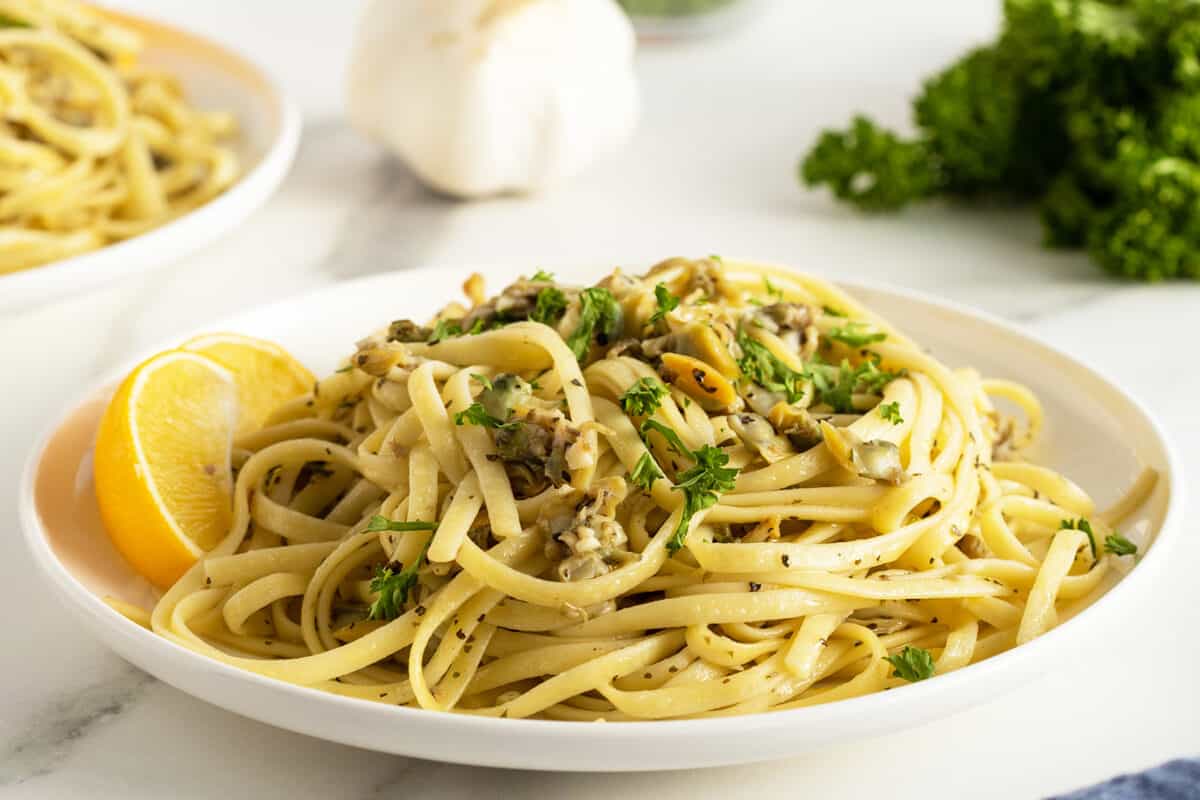
Linguine with Clam Sauce
Not a lot of people tend to really cook with clams, especially if they don’t happen to live near a coastline.
Famous for being quite delicate and needing a gentle hand, clams seem like one of those things that are better left for the professionals to cook.
However, thanks to the advent of canned clams, really anyone can make a decadent and restaurant-quality clam sauce to serve with pasta.
This recipe is perfect for any seafood lover, and takes surprisingly little time to become totally delicious!
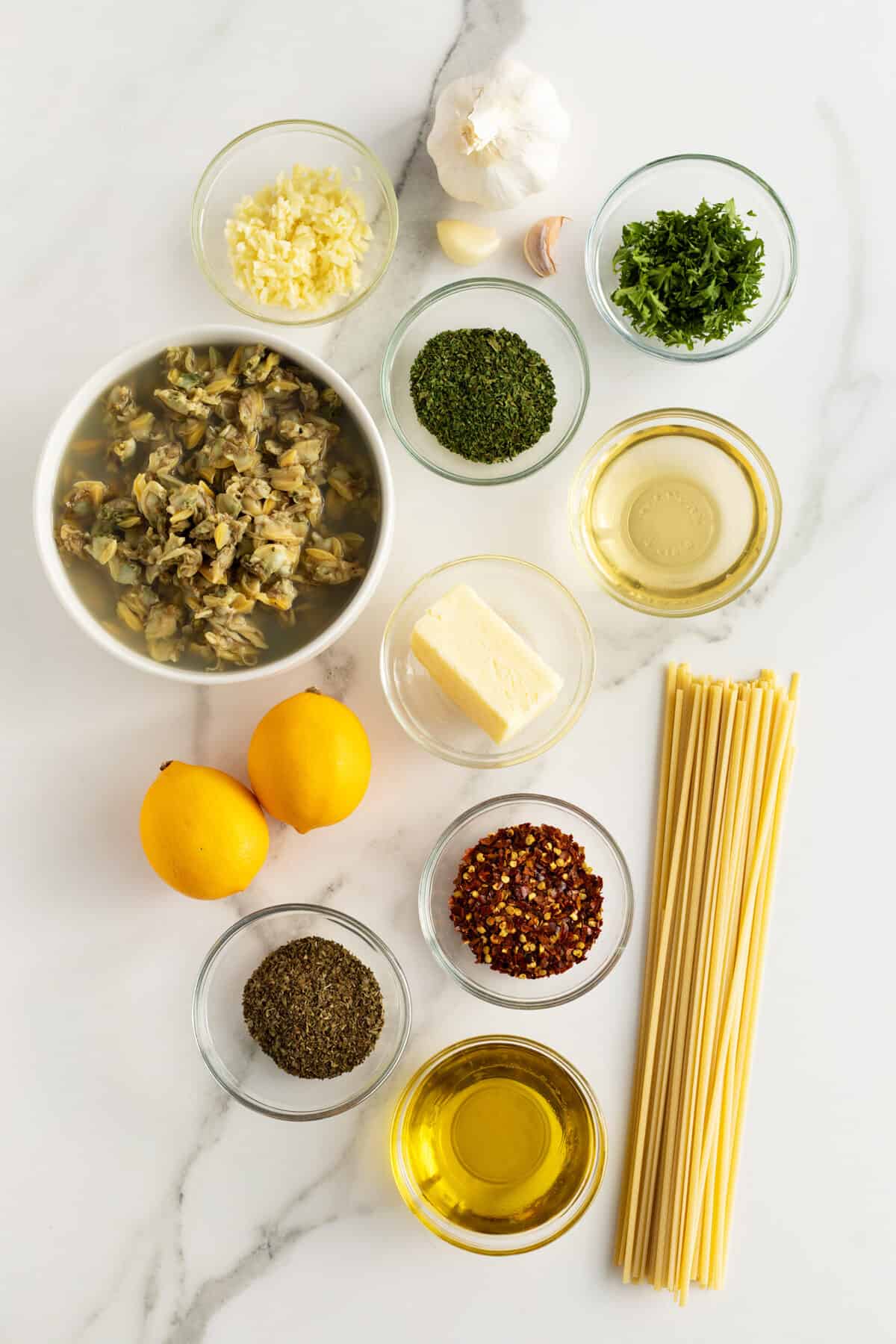
Are There Any Benefits To using Fresh Clams?
If you are lucky enough to live near the cost and have access to fresh clams, then you might as well go for fresh clams instead of canned ones.
After all, the only real reason to use canned foods is when you can’t get a hold of the fresh alternatives, right?
Well, while using fresh clams in this recipe would likely cause a big increase in freshness, it would also increase the complexity and the time it would take because canned clams are actually already cooked.
If you choose to use fresh clams, you would need to break open the shells and cook the clams, while making sure not to overcook them, which makes them turn super chewy.
Thanks to all of the extra work it requires, as well as the fact that fresh clams are notoriously hard to keep from going bad, using fresh clams, might just not be worth it.
It might just be one of those times where, though it seems like it should be better, just using the canned stuff makes for a better meal.
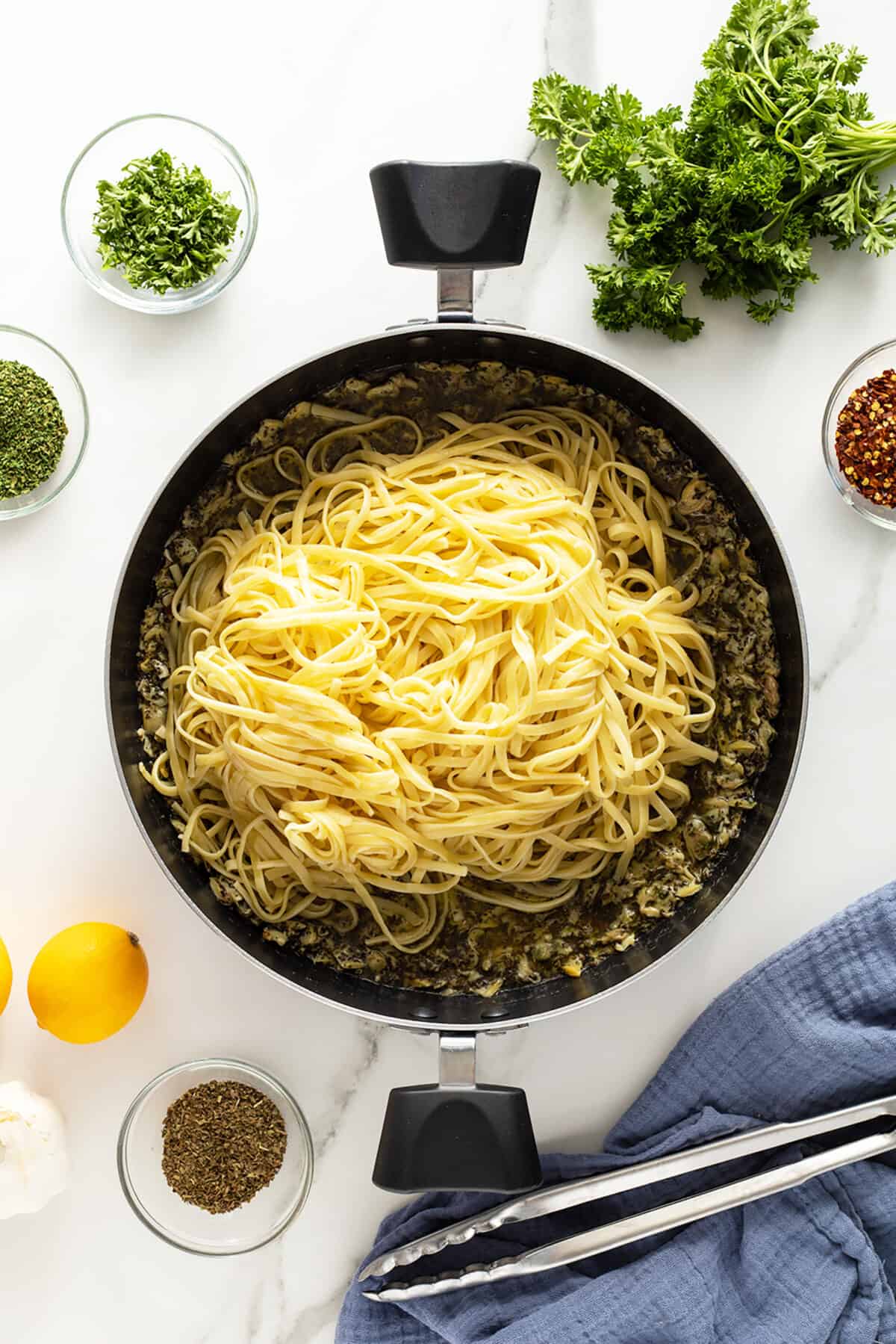
Could You Use Fresh Herbs And What Would Be The Benefit?
This recipe calls for the use of a few dried herbs like dried parsley and dried basil. Dried herbs are a great way to add a ton of herbaceous flavor without having to constantly be buying fresh herbs, or needing to try and grow them yourself.
However, fresh herbs could certainly be used in place of dried herbs – fresh basil and parsley would obviously work just as well as the dried alternatives.
The only real difference between the two, besides their inherent freshness, is the fact that you will need to use more fresh herbs to equal the amount of dried herbs in this recipe, around an extra half of the listed amount.
You also might want to cut up or grind the herb leaves a little bit just to help break them down a bit and release some of their great flavors.
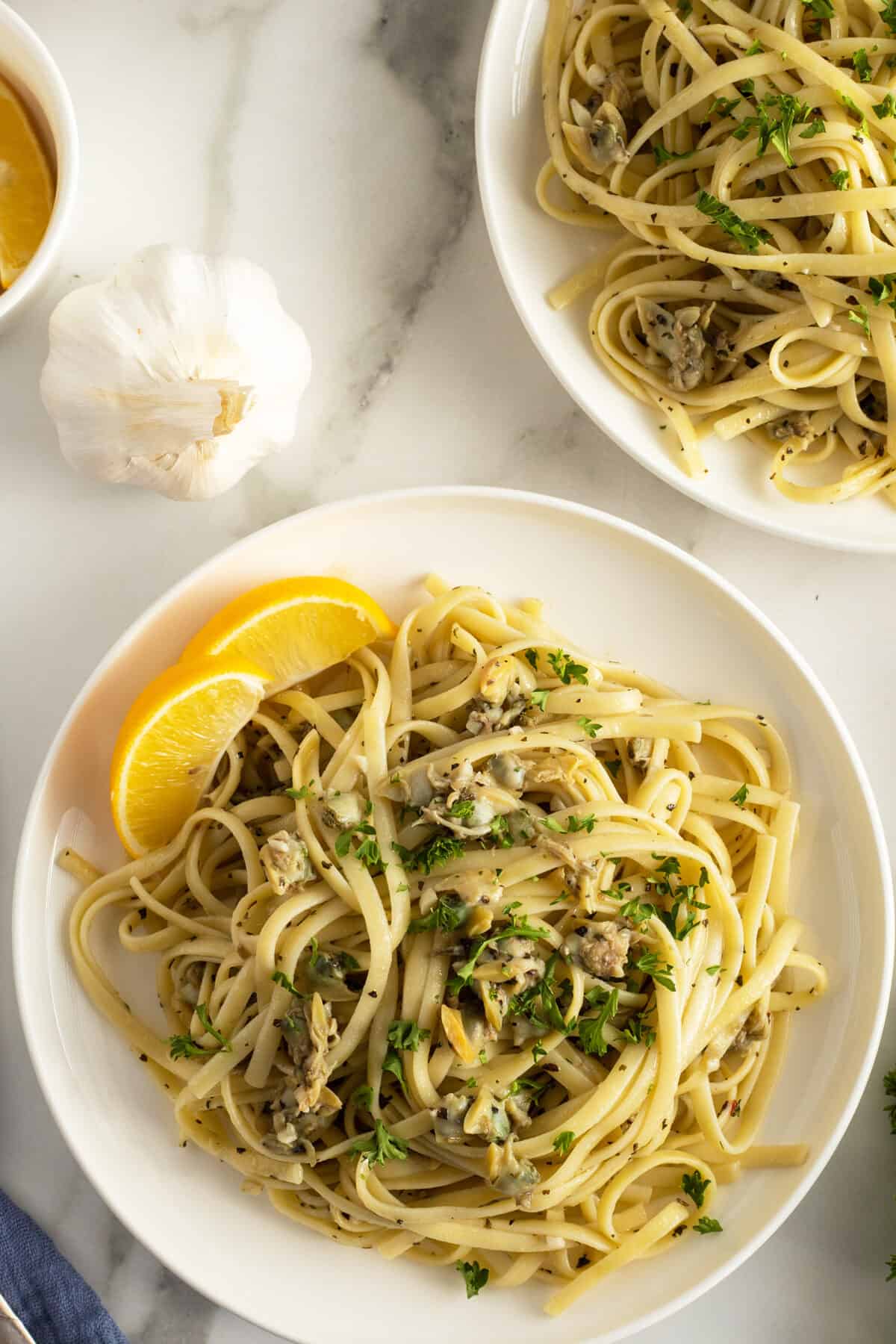
How To Tell When The Clams Are Heated And Ready To Serve
Assuming that you followed the recipe and used canned clams, getting them heated through is as simple as waiting a few minutes after adding them to the heat and testing them with your finger.
If you have an instant-read thermometer, then you want to ensure that your clams reach an internal temp of 145 Fahrenheit, but considering their small size, as long as you add them when everything is already hot, it really won’t take super long.
Instead, you can test it visually by just checking that everything around the clams is simmering and hot – when serving, the clams themselves should be gently steaming and a little bit glossy, meaning that they should be properly cooked.
The main thing to consider is to try and avoid overcooking them, as clams can turn super rubbery if you cook them too long.
While it is always good to err on the side of caution when it comes to seafood, you should definitely try and ensure your clams don’t become rubbery and unpalatable.
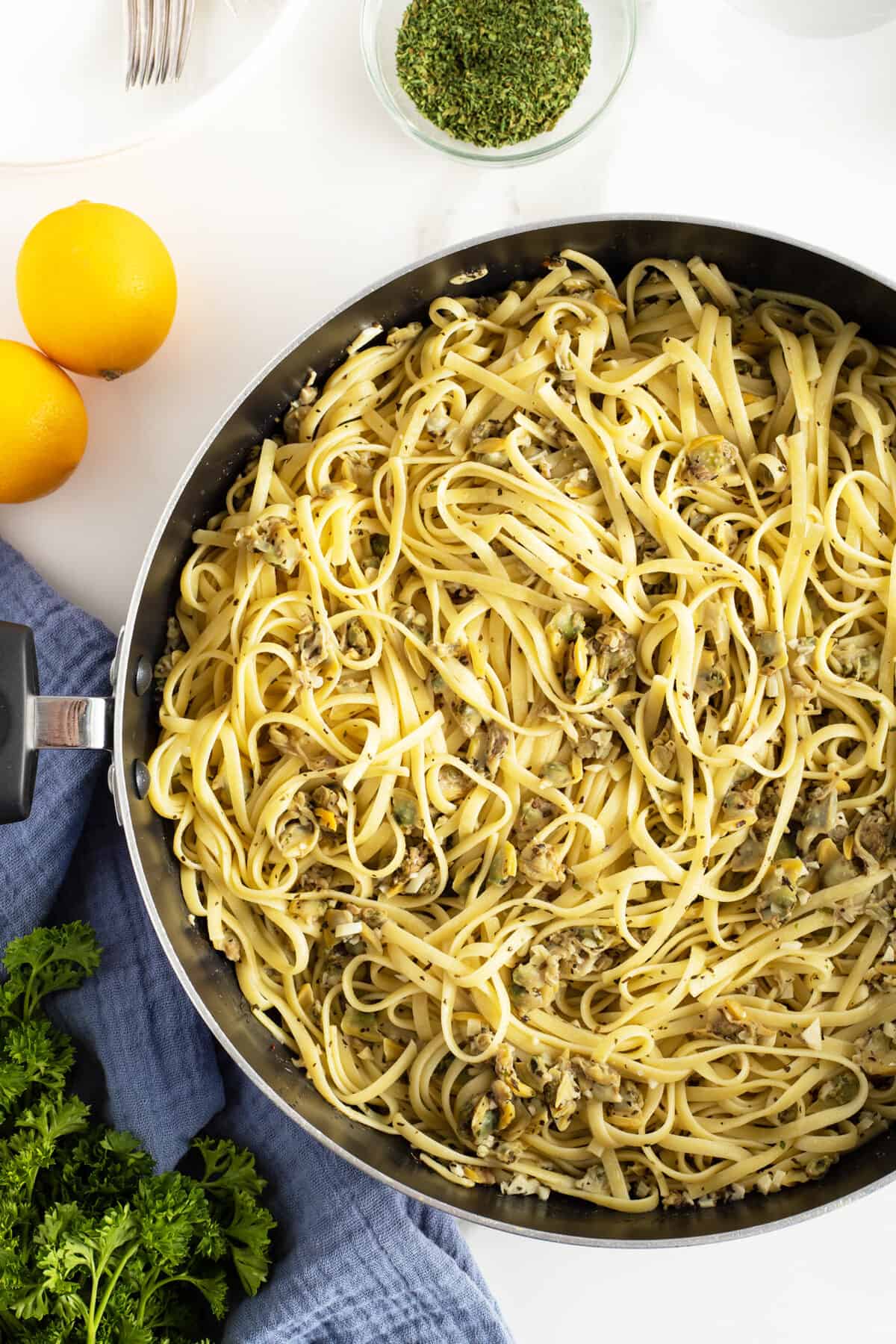
Do You Have To Use White Wine?
Just like with many other great seafood pasta dishes, this dish utilizes white wine to provide a good portion of the liquid, as well as contribute plenty of flavor, sweetness, and acidity.
However, for those that don’t want to utilize white wine, what else could you use instead?
- Rice Vinegar
The main reason to add white wine to a recipe like this, alongside water, is for its acid content, so you can easily substitute a little bit of rice vinegar for a neutral-tasting burst of acidity instead.
- White Wine Vinegar
For those that still want a bit of that white wine flavor, but without the alcohol, a touch of white wine vinegar and some water is a great replacement.
- Any Other Alcohol
For even more variety of flavor, a little bit of your favorite spirit or wine would add a ton of really unique and interesting flavors to this recipe. So long as you cook off the alcohol a bit by letting it simmer slightly, a bit of bourbon or brandy would really elevate this recipe into something really special.
Looking for more delicious Pasta recipes? Try these out:
Happy Cooking
Love,
Karlynn

Pin this recipe to your PASTA RECIPE Board and Remember to FOLLOW ME ON PINTEREST!
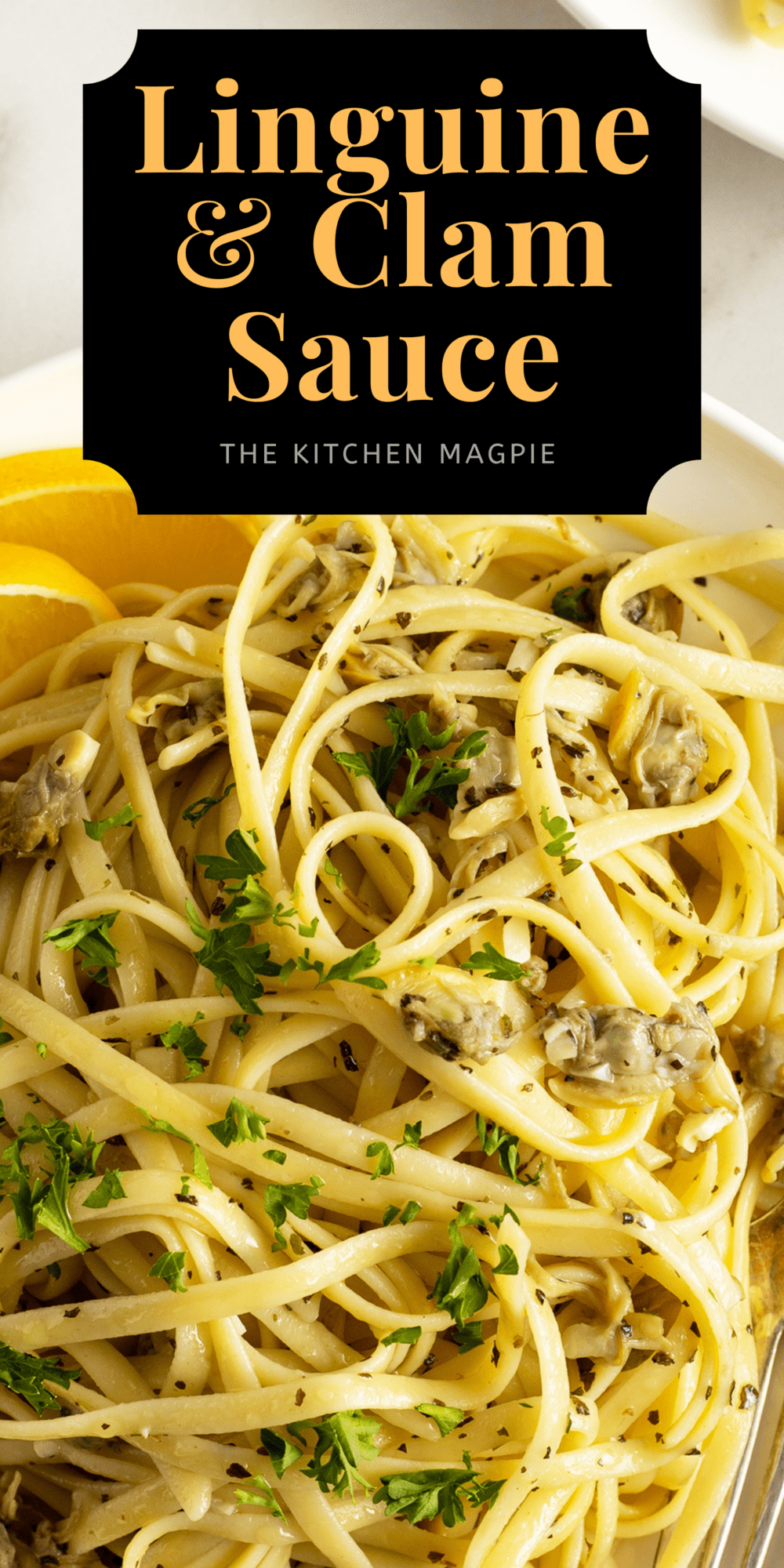
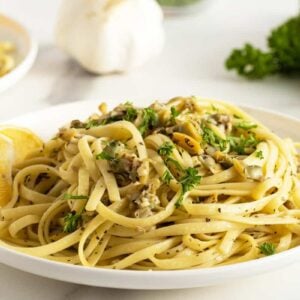
Linguine with Clam Sauce
Ingredients
- 1 pound linguine pasta
- 1/4 cup olive oil
- ¼ cup butter
- 2 Tablespoons minced garlic
- 1 Tablespoon dried parsley
- ¼ Tablespoon dried basil
- pinch of red pepper flakes
- 1/2 cup dry white wine
- two 10 ounce cans whole baby clams with juice
- fresh parsley and lemon wedges to serve
Instructions
- Prepare the linguine to JUST al dente according to the package instructions. Drain and place into a bowl and set aside.
- While the pasta is cooking, combine the olive oil, butter and garlic in a large saucepan. Cook over medium-high heat until the garlic is browned and fragrant, around 2-3 minutes. Sprinkle the parsley, basil and red pepper flakes over the garlic and saute for another minute.

- Add in the white wine, scraping the bottom of the pan to deglaze any browned bits. Simmer for 3-4 minutes, reducing the wine slightly.
- Add in the clams, juice and all, and cook until the clams have heated through.

- Stir in the pasta until heated and coated with the sauce.
- Makes 4-6 servings. Serve garnished with fresh parsley and fresh lemon wedges. Squeeze the lemons over the pasta before eating.
Notes
- sub in fresh herbs if desired for the parsley and the basil
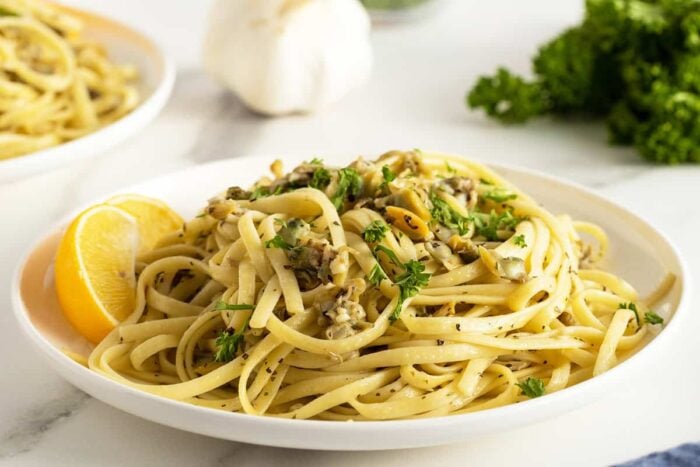
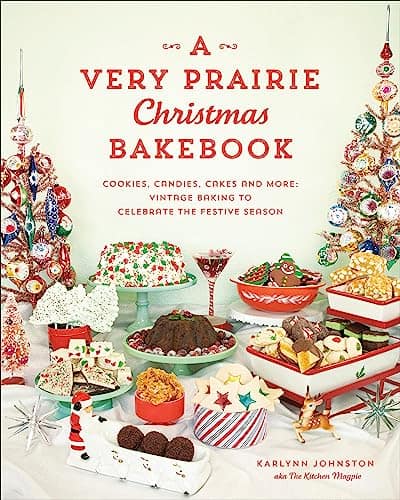
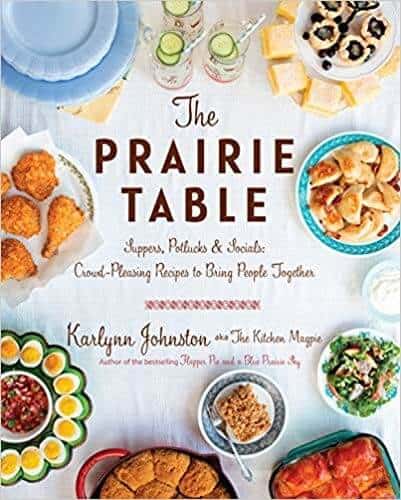
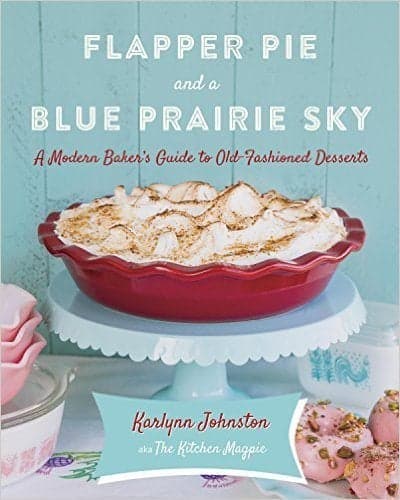
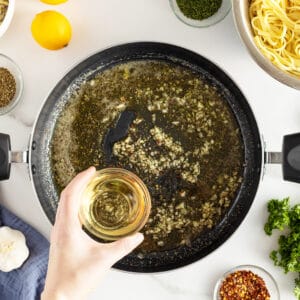
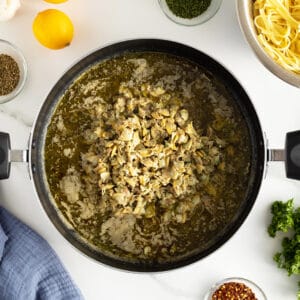


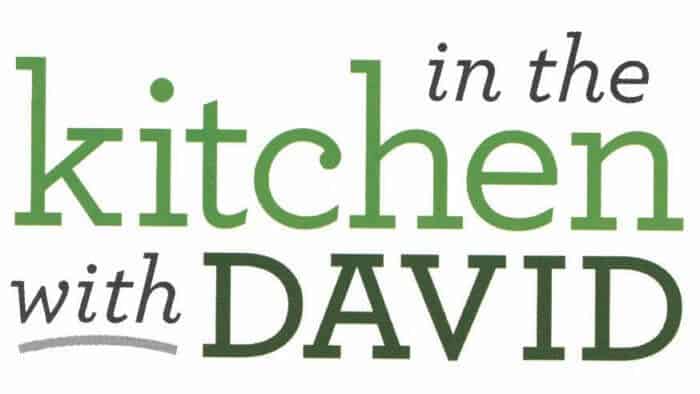





Jane says
I made this dish and it was so delicious anc will make it again!!!
Karen says
made this tonight. was delightful! I did add: a chpped shallot, an extra can of clams and 1/2 of a small bottle of Snow’s clam juice and thickened with a little cornstarch slurry.
Husband loved it too!
Karlynn says
So glad that you enjoyed it, thanks for letting me know!
Matteo says
I’ve been eating this dish for 70 years, and started making it myself when I left home 50 years ago. It’s a great dish and I use frozen clams living in MN. and I get them from Wild Fork they are inexpensive and taste fresh. I usually put one package of frozen clams with frozen clams in the shell. I always add about 5 cloves of garlic and 1 Tbl spoon of hot pepper seeds. I could eat this dish every day if my waistline would stay down. I don’t use dry basil, but fresh after the dish is finished, we break apart the fresh basil leaves on top of the fresh made pasta after the dish is put together.
Karlynn says
Yes, fresh basil would be perfect on top!
Betsy says
We love linguine with white clam sauce but I always just buy canned sauce. This recipe was easy to make and far superior to the canned sauce. Excellent!!! I’ll be making it again for sure!!
Karlynn says
I’m so glad that you enjoyed it!